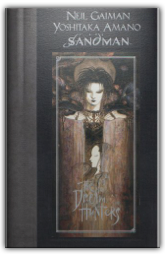
When, in 1996, Neil Gaiman laid his acclaimed Sandman series to rest after seven extraordinarily successful years, the fans lamented. And with good reason: its influence on the comic book industry was immeasurable; the harbinger of a renewed literary acceptance for the medium. Gaiman had expertly fashioned a vivid Gothic fantasy world that mixed the majesty of folklore with the horrors of modern life. The rich tapestry of stories that unfolded focused on a lonely Byronic figure called Morpheus, ruler of the amorphous world of our dreams. With The Dream Hunters, fans can rejoice as Gaiman returns to his signature work with a haunting fable of love, devotion and betrayal set in Ancient Japan. A lone monk spends his days tending to his temple garden, when he meets a Fox, a beautiful woman in human form, who becomes trapped within the monk's dreams. To save her, the monk must travel to the Realm of the Sandman and face a terrible choice between love and death. Meanwhile, a sinister magician makes nefarious plans against the pair to achieve his heart's desire. On this occasion, Gaiman's evocative prose is paired with the ethereally beautiful paintings of Japanese artist Yoshitaka Amano. And what a pairing it is; this is a prime example of creative symbiosis if ever there was one. True, the story is slight, but Gaiman weaves his own magic of letting simplicity harbour a wondrous complexity that lurks in the background, wonderfully rendered by Amano. Fans will be delighted by this comeback, while others can be captivated by Gaiman's assurance that popular culture cannot displace old-fashioned tales of magic and wonder. —Danny Graydon 
An incredible collection of rare and previously unseen material, which shows the true versatility of the comics creator who is credited with turning comic strip into critically-acclaimed literature. Gathered from Gaiman's long career, and with unprecedented access having been given to the DC comics archive, it includes his early work on Death, John Constantine: Hellblazer and Swamp Thing as well as an exclusive, never-before-published, Sandman story, and features a new introduction by Gaiman himself. 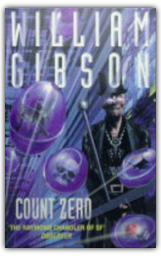
In the Matrix of cyberspace, angels and voodoo zaibatsus fight it out for world domination and computer cowboys like Turner and Count Zero risk their minds for fat crumbs. Turner woke up in a new body with a beautiful woman beside him. They let him recuperate for a while in Mexico, then Hosaka reactivated his memory for a mission more dangerous than the one that nearly killed him. The head designer from Maas-Biolabs is defecting to Hosaka, or so he says. Turner has to deliver him safely, and the biochips he invented — which are of supreme interest to other parties, some of whom are not human. Count Zero is human. Indeed, he's just a kid from Barrytown, and totally unprepared for the heavy duty data coming his way when he's caught up in the cyberspace war triggered by the defection. With voodoo on the Net and angels in the software, he can only hope that the megacorps and the superrich have their virtual hands full already. |
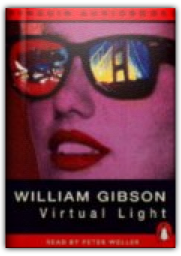
Facts Title: Virtual Light Author: William Gibson Year of publishing: 1993 Virtual Light is the first in the new line of Gibson's novels, set in a more humane future than his earlier cyberpunk novels. Basically, it is a story about bicycle couriers in a near-future San Francisco. Although very keen on the newest achievements of electronic and information technology, this book is more like a 'post-cyberpunk' than a conventional cyberpunk novel. In fact, the book is almost light-hearted, in places. It has a happy ending, nobody important dies, and there are a few outright hilarious moments. Virtual Light contains post-apocalyptic anarchy, protagonists immersed in and dealing with this anarchy, shadowy evil power structures which threaten to wreck them at every turn, memorable supporting characters with one or two gimicks, interesting technological gadgetry and effects, and just a general attitude that says "don't mess wit me, monkey-man! |

Paul Downs
Collection Total:
1321 Items
1321 Items
Last Updated:
Nov 12, 2013
Nov 12, 2013
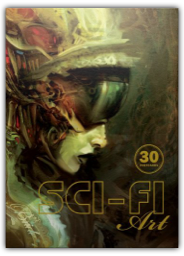

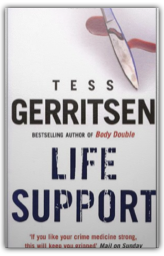
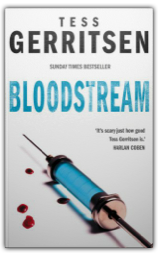
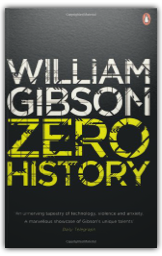
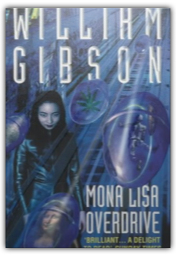
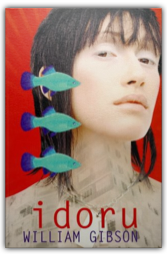


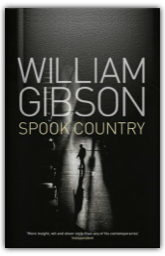

 Made with Delicious Library
Made with Delicious Library